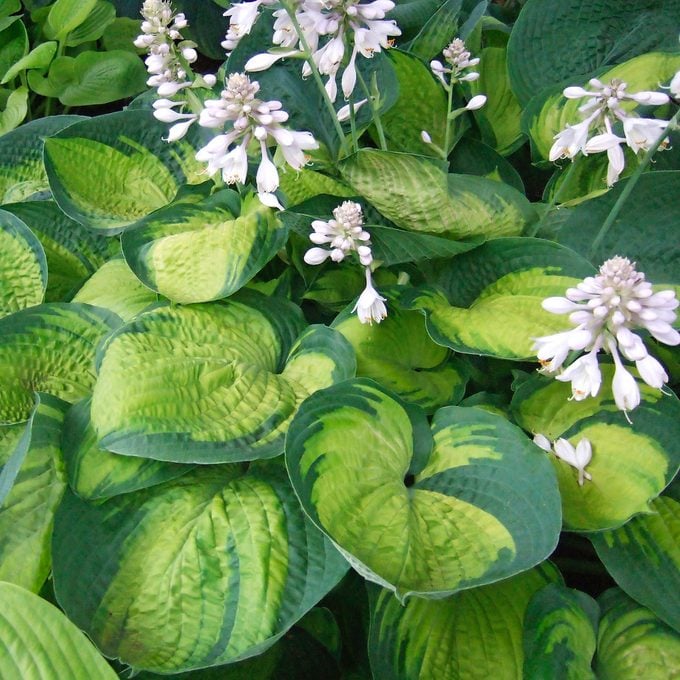Resilient Flowers: Top 10 Plants You Can’t Kill
Updated: Feb. 15, 2024
Tough as nails, but these resilient flowers are pretty, too. You'll have a green thumb with the top 10 plants you can't kill.
As gardeners, we’re constantly faced with challenges: plants that won’t bloom, flowers that die from a late frost, droughts that wipe out entire beds. Gardening definitely has its fair share of difficulties, so every once in a while it’s nice to have plants that require little maintenance. Even better-grow resilient flowers and plants that you can’t kill!
Sure, spraying these all-stars with weed killer would probably lead to their demise. But for the most part, these are hardy, maintenance-free picks that work well in any North American backyard. So are you ready to trick everyone into thinking you have a green thumb? Get planting with these top picks for plants you can’t kill.
Also check out the top 10 hard to kill houseplants.
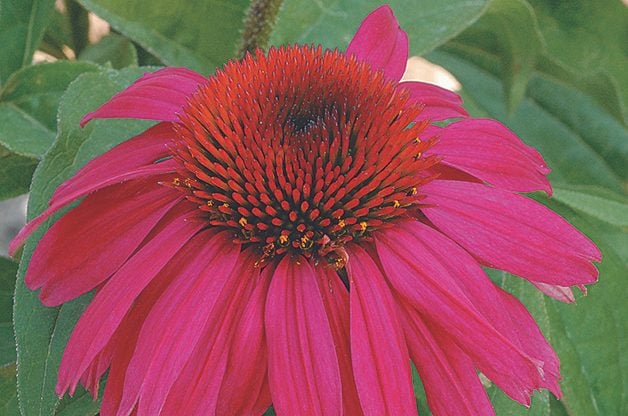
Coneflower
Echinacea, Zones 3 to 9
Coneflowers have become a garden staple for their easygoing nature. Growing 2 to 5 feet high and 2 feet wide, these resilient flowers are the perfect companion plant in just about any garden. They require well-drained soil but will thrive in full sun as well as partial shade. Known for attracting birds, bees and butterflies, coneflowers also make lovely cut blooms.
Why we love it: The coneflower is the low-maintenance star of nature-friendly gardens. It comes in many colors, and it’s easy to find one you and the birds will love.
Discover more purple flowers to grow in your garden.
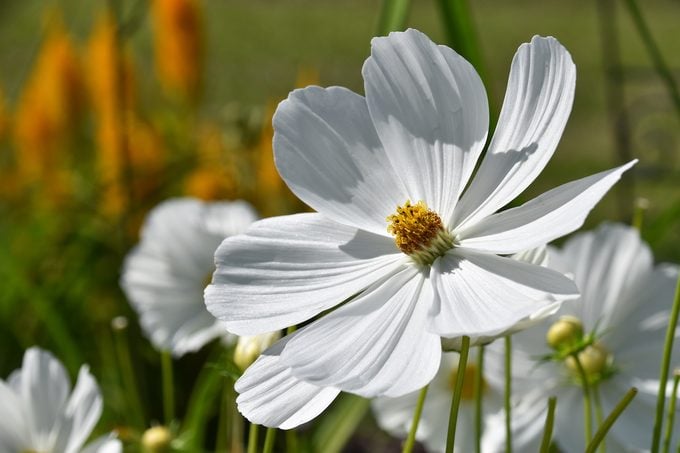
Cosmos
Cosmos bipinnatus, annual
If big, beautiful resilient flowers are one of your top requirements, cosmos is perfect for you. Though it’s an annual, it often reseeds on its own. Blooming summer to frost and growing up to 6 feet high, this backyard favorite deserves a regular spot in your sunny garden. Cosmos flowers are beloved by bees and butterflies, too.
Why we love it: Cosmos is easy to grow from seed. Grab a seed packet for a few bucks, and you’ll have a gorgeous show in a single season.
Treat yourself with chocolate cosmos flowers.
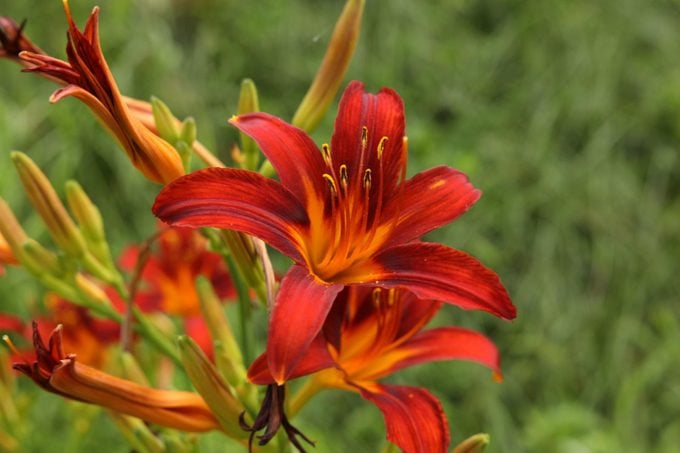
Daylily
Hemerocallis, Zones 3 to 10
An excellent choice for a classic garden, daylilies can tolerate flooding, drought and salt and are often used for erosion control on steep hillsides. The pretty blooms come in every shade except blue and pure white; their distinctive trumpets may be triangular, circular, double, spidery or star-shaped. Daylilies grow 10 inches to 4 feet high and 1-1/2 to 4 feet wide and do best in full sun to partial shade.
Why we love it: Some cultivars attract hummingbirds and butterflies. A plant that is best divided every three to five years, the daylily is perfect to share with friends.
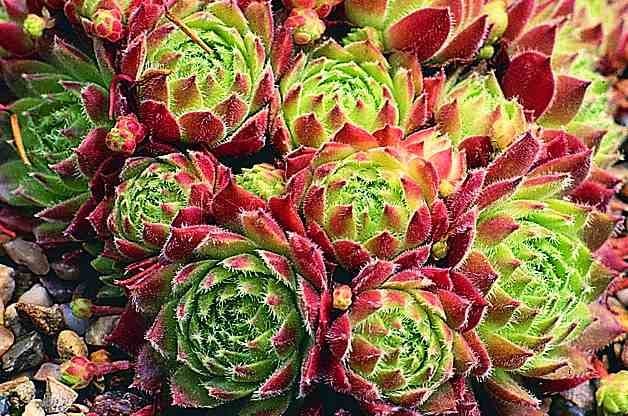
Hens and Chicks
Sempervivum tectorum, Zones 3 to 8
The only way to kill this succulent is by being too kind with overwatering. This perennial is perfect for rock gardens. It grows 3 to 6 inches tall and up to 20 inches wide and blooms in summer. For best results, plant in well-drained soil that gets full sun to light shade.
Why we love it: This low grower also works wonders in containers. Since it doesn’t have a deep root system, you can plant it somewhere fun. Try growing it in an old birdbath or shoe.
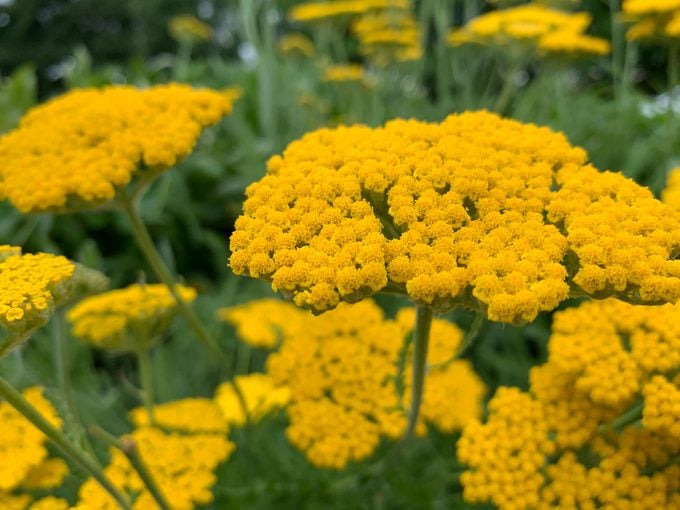
Yarrow
Achillea, Zones 3 to 9
These easy-care, long-lasting flowers come into their own once summer is on its way. They grow 6 inches to 4 feet tall and 18 to 24 inches wide, in yellow, white, red and pink. Well-suited to most growing conditions, yarrows provide a long season of bloom. They’re a good cutting flower, too. Avoid seedy varieties that may require a bit of weeding to keep contained.
Why we love it: This plant is drought- and heat-tolerant and can survive on benign neglect.
Check out the top 10 easy-to-grow native plants.
Hosta
Hosta, Zones 3 to 8
Easy-to-grow hosta is a must for shade gardens. The beautiful foliage comes in a wealth of colors, textures, sizes and shapes, growing 4 inches to 3 feet high and 6 inches to 6 feet wide. In summer, hosta blooms in purple, white or lavender. Divide in spring or late summer to early fall. Hostas like moist ground, but be careful not to overwater. Do hostas attract hummingbirds?
Why we love it: The ultimate low-care shade plant, hosta comes in endless varieties and colors. It also can be easily divided—perfect for the budget-minded.
Also try the top 10 shade tolerant coral bells varieties.
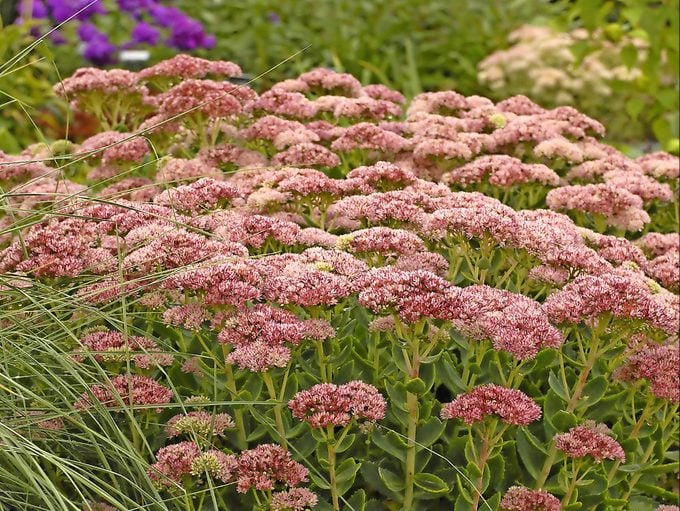
Sedum
Sedum, Zones 3 to 10
Take a close look and you’ll see this plant’s star-shaped blooms, similar to a pentas. With yellow, orange, red, pink or white resilient flowers, it grows from 2 inches up to 2 feet high and wide. You can grow some sedum species as ground cover, while others make good border plants.
Why we love it: Hello, butterflies! If you want pollinators in your yard, sedum is a slam dunk.
Find more late-blooming fall flowers that attract butterflies.
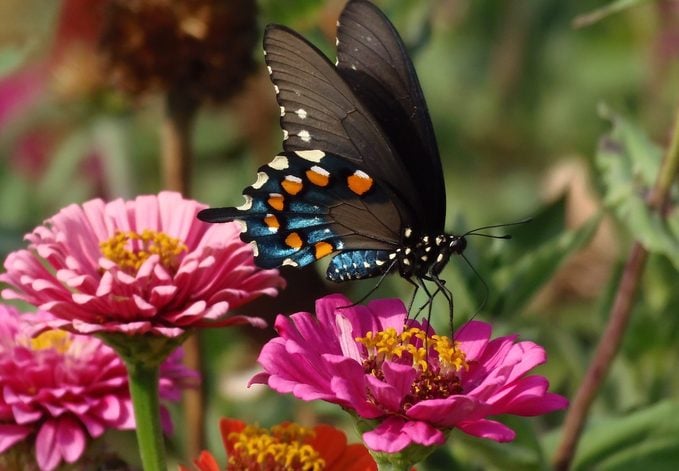
Zinnia
Zinnia, annual
With new heat-, drought- and disease-resistant plants on the market, there’s never been a better time to grow zinnias. This annual grows up to 3 feet high, with blooms that last until the first frost. For the newest varieties from seed, check your local nursery or favorite garden catalog. If you don’t find what you’re looking for, order online.
Why we love it: You’ll save tons of money growing these from seed. Start seeds indoors, or sow outdoors about 1/4 inch deep after the threat of frost has passed.
We found more butterfly flowers that are easy to grow from seed.
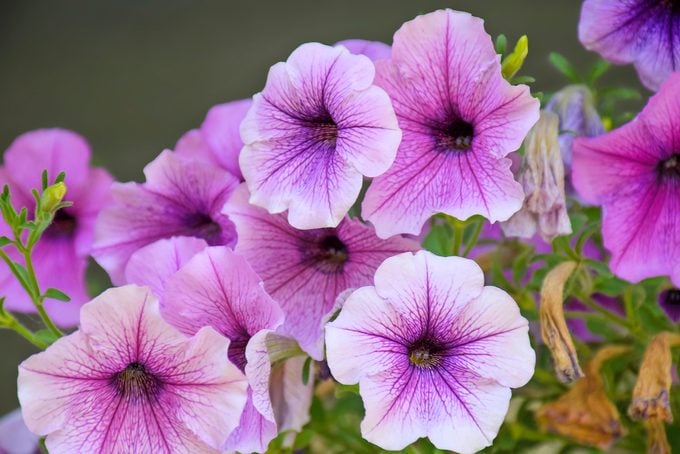
Petunia
Petunia x hybrida, annual
Petunias have been around for decades, but the newer varieties have advanced in leaps and bounds. Days of deadheading and disease-prone plants are long gone. Nowadays, these beauties flourish in both full sun and partial shade without a lot of extra work. And you can find these resilient flowers in almost every color imaginable.
Why we love it: Even if you forget to water for a few days—it happens to everyone—petunias keep going.
Check out the top 10 best flowers for growing in pots.
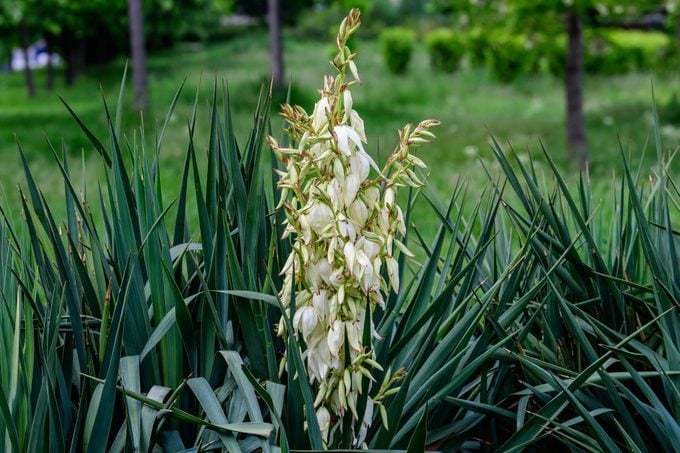
Yucca
Yucca filamentosa, Zones 4 to 11
There’s a good reason so many Southern gardeners use yucca as a backyard centerpiece. It’s about as drought-tolerant as they come-and on top of that, it boasts beautiful white flowers amid its spiky leaves.
Why we love it: Both flowers and foliage come with this beauty. For a unique variety, look for the variegata cultivar. Its blue-green leaves with white edges are stunning.

